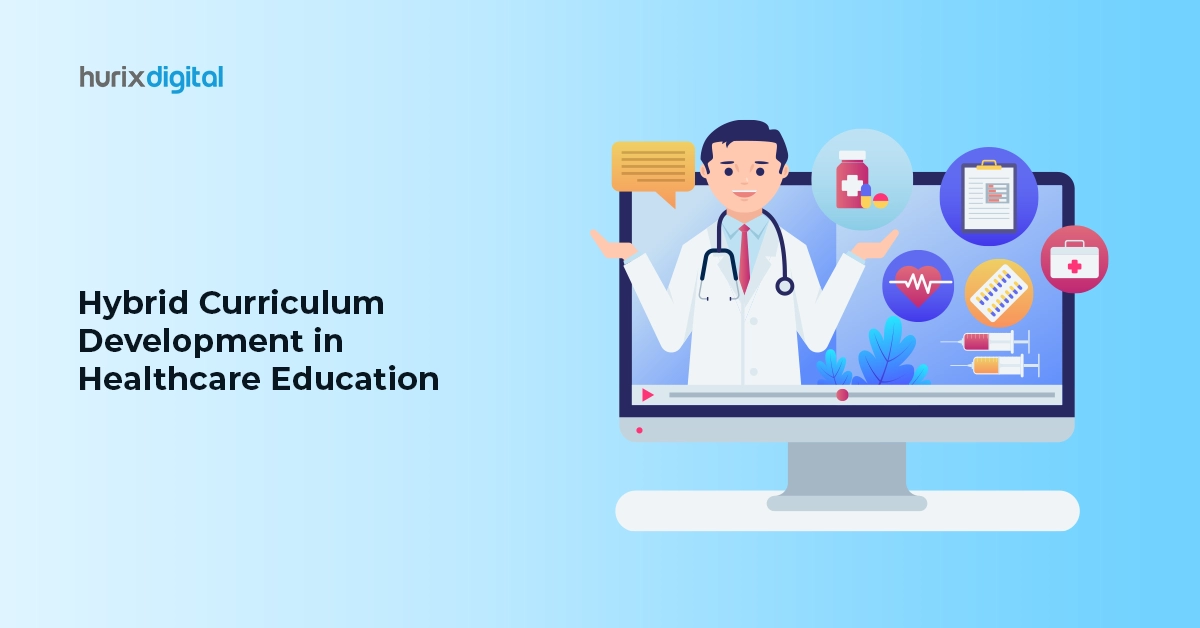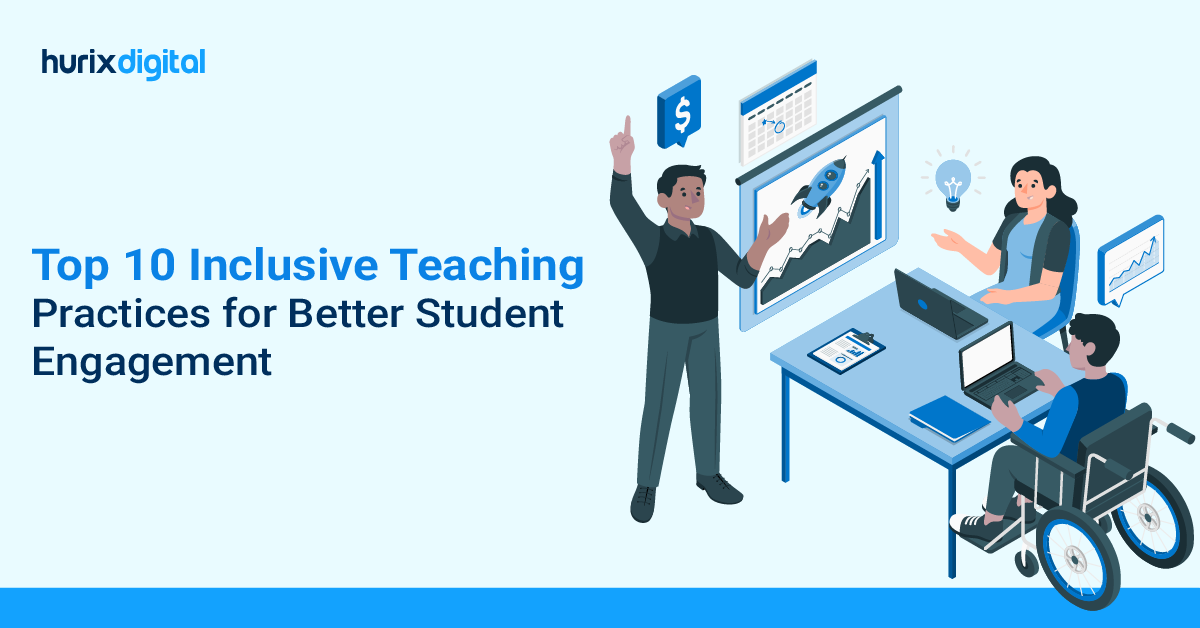
How to Leverage Your LMS to Create a Blended Learning Environment
Summarize with:
Ever since online training made an appearance on the corporate training scene, several companies jumped the bandwagon and replaced their expensive instructor-led training with online training modules and simulations. Only to revert to traditional teaching methods after meeting with various degrees of failure.
These expensive experiments brought home the fact that not all technology in the world, be it a computer course or a robust learning management system (LMS), can replace the effectiveness of the tried and tested face-to-face training in traditional classroom settings. Yet, online training has its own share of benefits which organizations can only ignore at their own peril. So, the question is how to make the best out of both worlds — the old and new training approaches? The answer lies in creating a blended learning environment.
Table of Contents:
Blended learning refers to the use of both online and traditional learning methods by corporations and educational institutions to impart knowledge and upgrade the skills and capabilities of the end learners.
This is by far the ideal approach to learning as it encompasses the best of both. Instructor-led training (ILT) allows the learners to interact with the instructor, clarify their doubts, and gain individual attention. Online learning, on the other hand, is self-paced learning that provides them the flexibility to learn where they want and when they want and revisit the concepts as many times as they want till they are completely proficient.
Needless to say, blended learning is more effective and various case studies conducted in this context have found that this form of learning improves learning outcomes more than online or instructor-led training on their own. In fact, more than 70% of LMS users are now taking this route to education and training. Here’s more on why you should Switch to Blended Learning for Better Learning Outcomes
It doesn’t work in the employees’ favor if the online and offline learning environments are separated in silos. Such a scenario fails to create a cohesive blended learning environment and experience. To avoid this loophole, LMS vendors aim to provide a seamless learning experience with functionality that adds to classroom sessions and takes learning to the next level. There are several features in an LMS that support blended learning.
Here, in this article, we look at ways how you can leverage your LMS to create a blended learning environment.
Also Read: How to Create Content for a Blended Learning Model
Ways You Can Leverage Your LMS to Create a Blended Learning Environment
1. Instructor-Led Training (ILT) Management
With this system, instructors can schedule a time and place for in-person training within their LMS. Employees can register for these sessions or instructors can assign who has to attend. Leading up to the session, employees can see the agenda for the training session, what it will cover, what, if anything, they have to bring along and in case they have to do some homework to better follow the training module. The instructor, on the other hand, can see who all are attending the session.
Unlike other eLearning modules that can be taken by the learners at their own convenience, an ILT session in a classroom ensures that all learners are at the same level. ILT management thus ensures that within an LMS while both the instructor and employees have the flexibility towards achieving certain learning outcomes, they remain on schedule and on the same page with both their online and offline learning schedules.
2. Virtual Classroom Functionality
This functionality in an LMS allows learners to log in and remotely attend instructor-led lessons. A virtual classroom includes features such as audio/video streaming and embedded chats that allow learners to participate in the ILT session and ask questions. Then other tools such as whiteboards and media streaming allow smooth communication between the teacher and the learners.
These sessions can also be recorded and shared later with those who could not participate in the session. Virtual classrooms are of great use to businesses of all sizes as it can be difficult to tear people away from their desks into a classroom for training. Besides, it’s a great way to provide ILT to remote employees.
3. Collaboration Tools
Within an LMS or an offline ILT session, trainers can set up discussion boards where they can discuss course content, ask questions, provide answers, share related resources, and in sum, add more interest to the chapter under discussion.
Learners can also rate the courses, thus, giving crucial feedback to the instructors which they can use to further improve the effectiveness of their courses. These collaboration tools mirror the social media tools support interactivity through feeds and comment threads and facilitate discussions and ongoing learning long after the class is over.
How to Guide:
How to Choose the Right LMS for Your Business
4. Customize Learning Paths
Instructors can use learning paths to customize a series of courses to help employees achieve competency in certain areas. These paths can be for the whole group or individual learners. They include assessment tools that allow learners to pass an online assessment based on an ILT or offline course and based on that, progress from one level to another.
The benefit of these learning paths is that they allow the learners to connect the dots and view disparate eLearning and classroom training modules as a cohesive whole. Besides, instructors can change the pace of these learning paths based on the complexity of the modules, or whether the target groups or individuals are going ahead or falling behind the goals.
5. Analytic Tools
These tools in an LMS allow the course administrators to gauge the effectiveness of their training courses. Analytic tools collate and analyze data such as pass/fail rates etc., and present it in the form of infographics, reports, and diagrams for the administrators to study and gain insights.
With this data, they can understand the areas to focus on, adjust their classroom instruction to plug knowledge gaps, spend more time on certain topics, and provide more individualized attention to those lagging.
Also Read: How to Use Blended Learning for Corporate Training
In Conclusion
While blended learning is now the way forward in employee training, it is important to note that each organization is different and there is no one-size-fits-all approach they can take. Getting it right is something that is going to take time, patience, and strategic planning to arrive at the best way to use your online and offline resources. Here’s more on how to know if Blended Learning the Right Approach for Your Enterprise.
Once you know what to impart and how to impart, conduct in-depth research on various LMS vendors who specialize in your area of industry and have the right combination of knowledge, skills, and expertise to create a blended learning environment tailored to your needs. Remember, the success of your blended learning will rest on a solid foundation of technology, so choose your LMS vendor wisely if you are looking for a new system.
Get in touch with us today to learn more!
Summarize with:

Vice President & SBU Head –
Delivery at Hurix Technology, based in Mumbai. With extensive experience leading delivery and technology teams, he excels at scaling operations, optimizing workflows, and ensuring top-tier service quality. Ravi drives cross-functional collaboration to deliver robust digital learning solutions and client satisfaction
 A Space for Thoughtful
A Space for Thoughtful 



